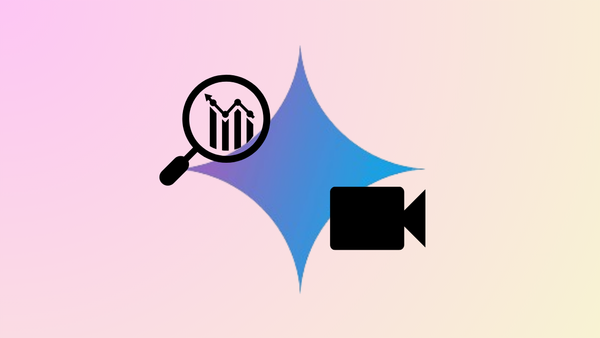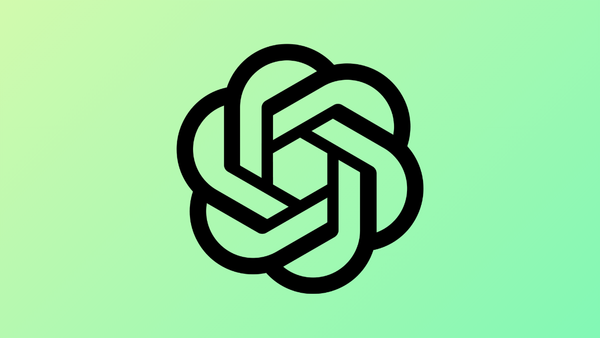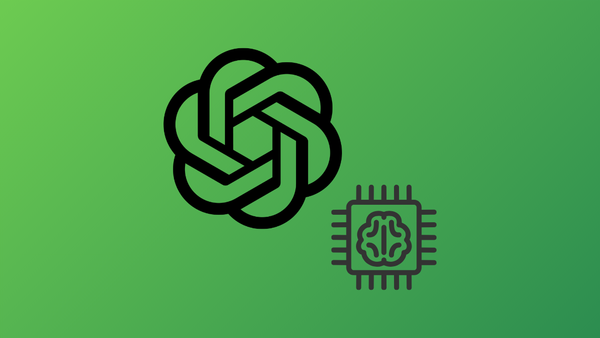The way AI is evolving is as exciting as it is somewhat fear-inducing. AI tools are becoming so inept at what they do. One such example is AI-image generation tools. AI-generated images have become so realistic that it's becoming increasingly difficult to tell them apart from real images.
And we aren't talking only about AI artwork, which is making it difficult to discern them from art created by humans. AI can even create realistic-looking images of humans that don't exist or humans that do in completely made-up scenarios. But there are still ways to spot & detect even the most realistic-looking AI-generated images just like with photoshopped images. In a world such as this, the only thing you can do is equip yourself with information to put yourself at an advantage. Let's get going.
Check Public Discourse
The very first thing you might like to do is check the public discourse, like the description, title, or the comments section for where you found the photo. While there are people who would hide that the images were generated by an AI, not everyone is like that.
More often than not, you'll find AI enthusiasts who'll share everything about the photo, from the tool you used to create it to the prompt they entered, especially on websites like Reddit.
Use Reverse Image Search
You can use tools like reverse image search to try and find the origins of the image. Using reverse image search tools like Google Lens, you might stumble upon the original version of the photo or where the photo might have been shared and dissected by other users. After all, you won't be the only one who wants to prove the fakeness/ realness of an image.

Look for a Subtle Watermark
Though it won't work for all AI-generated images, as not many tools add a watermark to the photo, some do. And sometimes it's so unobtrusive that it might even escape the notice of the original poster claiming it to be real/ human-created.
For example, look at this watermark DALL-E 2 adds to photos. It's easily overlooked and hence, might make it to the photo.

Now, of course, the absence of the watermark does not mean anything as most tools, like Midjourney, BlueWillow, Leonardo, etc., don't even add a watermark. And even DALL-E 2 allows a person to download the photo without the watermark, and it's not against OpenAI's policies to share the photo without it.
Scrutinize the Unnatural Patterns or Anomalies
It's all in the details. AI models are getting better at generating images, but they're still in their infancy. No one knows what fearful wonders they'll cook up in the future as they get better, but the reality of our time is that most AI models struggle with some details and reveal the image's genetic (or digital) makeup in the process.
Some such details you should pay extra attention to include:
- Anomalies in hair, teeth, or hands: Some models struggle with complex structures like hair, teeth, or hands, and often, they look unnatural in such images. Even though Midjourney version 5 has become amazing at rendering hands, many other models still struggle with it.
- Unusual eye reflections: Small details like reflections in the eyes often get overlooked and end up being inconsistent with the light source in the image, revealing the image's sinister origins.
- Inconsistencies in Lighting and Shadows: Machines often struggle with complex lighting and get reflections wrong. This leads to shadows and highlights that don't align with the overall lighting of the scene. Search for inconsistencies here, and your quest might reach its end.
- Artifacts and Distortions: When examining an image for whether it was created by an AI tool, look for unnatural smoothness, pixelation, or other artifacts, especially at boundaries between objects or along edges.
- Repetitive Patterns: Another tell-tale sign is repetitive textures or patterns, particularly in areas that should exhibit more randomness, like hair, grass, or the surface of water.
- Inconsistent Depth and Perspective: Objects may appear to be oddly scaled or positioned, and there might be inconsistencies in the way perspective is applied throughout the image.
- Lack of Asymmetry: Many natural objects are not perfectly symmetrical, but AI-generated objects may exhibit unnaturally perfect symmetry.
- Unusual Color Rendering: Colors might be slightly off, either overly vibrant or dull or may not interact with the lighting in a natural way.
- Generic Backgrounds or Objects: AI-generated images might include backgrounds or objects that appear oddly generic or out of place.
- Look for Distortions: When it comes to human portraits, always look for details like distorted faces, mismatched earrings, too much asymmetry, unusual skin texture, etc.

Dig Into the Image Metadata
Digital images have metadata embedded in them, which most of us don't pay much heed to. Metadata contains a lot of information, such as the camera used to take the image, the date the image was taken, copyright information, software, etc.
Although it's easy to change the data and erase the tracks for advanced users, not everyone who is dabbling with AI-generated images knows these tricks. And the metadata of an image can reveal information about the software that created it or other clues that suggest it is AI-generated.
You can use an image editor or other tools, like forensically, to view an image's metadata.
Use GAN Detector Tools
AI tools use Generative Adversarial Networks or GANs as their machine learning framework. Just like AI content detector tools, GAN detector tools are also popping up that can analyze an image and detect how likely it was that an AI created them.
Now, just like content detector tools, they aren't one hundred percent failsafe; in fact, they can often fail. But when used along with other techniques mentioned in this guide, they increase your likelihood of spotting an AI-generated image.
Maybe's AI Art Detector tool is one such GAN detector you can use that can even detect hyperrealistic AI images. It attributes artificial and human percentages to the image. The higher the artificial percentage, the more likely that it was generated by an AI.

Detecting AI-generated images is part treasure hunt, part detective work, and all fun. It's a rapidly changing field, so always keep your digital toolkit sharp and your eyes keener. There's no knowing what the future might hold for AI images at the rate AI is advancing. But with a dash of curiosity, a sprinkle of tech, and a whole lot of determination, you can (at least try to) stay one step ahead.










Member discussion